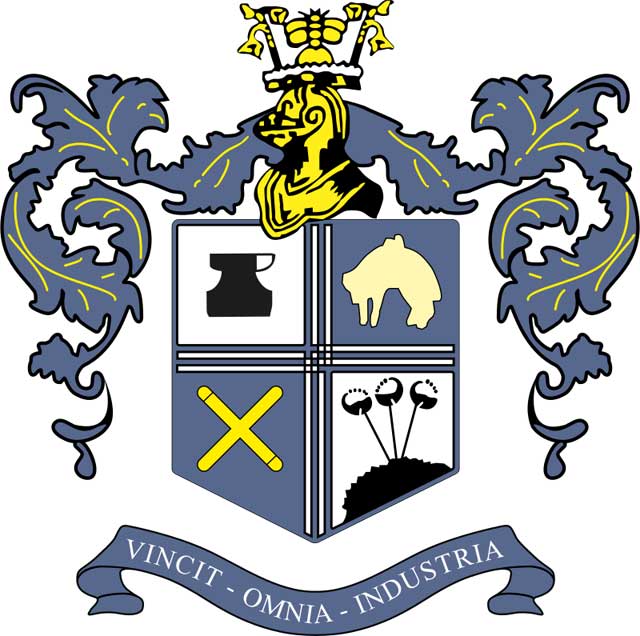BURY'S DEMISE SHOWS THE FLIP SIDE OF THE PREMIER LEAGUE'S SUCCESS
The expulsion of Bury FC from England's League Two leagues is particularly sad and a real wake-up call to those in charge of the domestic game.
134 years of history were snuffed out last week when the English Football League shut the book on the Shakers, who were bankrupt and insolvent with no white knight having ridden to the rescue.
Bury were formed in 1885 in a bar in the White Horse Hotel by two churches - one Wesleyan and the other Unitarian.
Like so many other English clubs they had social togetherness in their blood at their birth. While never a big club, they remained nevertheless a seemingly permanent fixture in the family of 92 professional clubs.
A great irony about their demise is that Bury is part of the Manchester conurbation, connected by roads and the Metrolink tram network to bigger, more famous teams.
In Manchester proper, City and United maintain their arms war of spending tens of millions on footballers each year, while about ten miles to the north Bury F.C. was sold by one owner to another last December for the princely sum of £1 sterling.
The footballers and coaching staff did nothing wrong. The club itself fell victim to overseas speculators, who one after another mortgaged their property, at one point to eight companies registered in the tax haven of the British Virgin Islands.
With such disinterested owners, it was no surprise that the football club was discarded before long.
The Football League however are just as culpable for their lack of robust ownership rules. Stewart Day and Steve Dale, the final two chief executives, were manifestly unfit to be in charge of any football club in the first place.
In addition, slack league rules allowed external funding in the form of shares, which let the pair temporarily subsidise what was already a failing business model. What was left in the end was a complex web of multiple creditors, offshore loans, shares and mortgages and invisible money.
What a far cry from those well-meaning churchmen of 1885 in the White Horse Hotel.
Growing up, I was proud of the fact England had 'the 92', the biggest haul of full-time professional teams in the world and I still feel proud our lower-league attendances trump those of other nations.
It might be hard for younger or overseas fans to understand, but the 92 were historically one group and in theory any team could advance up the pyramid. It is all about the Premier League now but when I was a child Match of the Day on a Saturday night showed games from other divisions too.
The mega bucks of Sky and others have changed all that of course and chasms of wealth have appeared. Even the Championship, the old Division Two, seems to be struggling to hold on to the coat tails of the runaway top flight, a global league which happens to be based in England.
The excessive concentration of wealth on the top 20 is having effects lower down the pyramid of which Bury is only the latest example. Inequality hurts those beyond high table and fairer distribution of the riches of the richest is essential.
Yet all is not lost.
Shakers supporters should look to the examples of Aldershot, Newport County and Wimbledon, whose loyal fans united and refused to let their clubs die.
All three were closed down too but reborn, Phoenix-like, from their ashes and a greater sense of community engendered therein. Travel to any of those three now and the supporter spirit is greater than before, a ubiquitous feel-good factor forged by the knowledge everyone got together again.
If anything resembling society still exists in this atomised, individualistic world of 2019, then English football must resurrect one of its oldest members in Bury, even if it just the Shakers fans themselves.
 |
| Bury in 1892 |
(c) Soccerphile & Sean O'Conor
